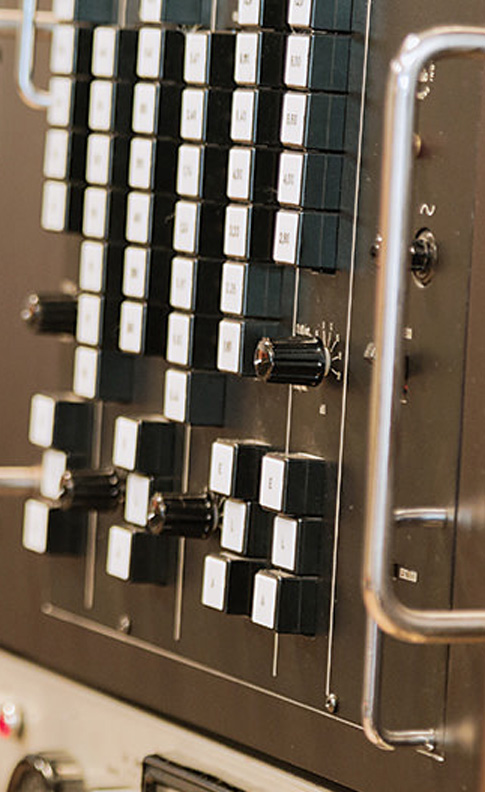A little over a year ago I was finishing up a session when a producer I was working with handed me a mic and said, "Hey man, have you heard of this? You should really try it." He put a JZ Microphones Vintage 67 in my hand, and after taking one look at its forward thinking design, I scoffed and said, "Yeah, sure. I'll give it a try." I fully admit to being an elitist when it comes to the look of microphones, and I have a feeling that a lot of you are as well. In fact, we revel in it. Well, this microphone made me think twice, or even three times, about that stance.
The JZ Vintage 67 is a solid-state, cardioid condenser – okay let's stop there for a moment. It has "67" attached to its name (as in Neumann U 67), but it's not a tube mic? Before I listened the Vintage 67, this alone made me assume I wouldn't like it at all. What's the point of cloning a mic if you're going to glance over an element as critical as that one? It turns out that the Vintage 67 isn't really intended to be a clone, but more of an "in the style of" the renowned vintage Neumann U 67, therefore no tube required. To be honest, I looked up some comparisons between the mics on YouTube before I even plugged it in, I just couldn't wait until I got to the studio to try it for myself. It retails for around $1,000, so how close could it really be to a $14,000 vintage mic or, at best, its $7,000 reissue? Sure enough, what I was hearing through research on my laptop was... shocking. The next day I set up a little test session and found that it actually does an impressive job of emulating the Neumann U 67's vibe – and without a tube. It has a similarly rich low midrange, articulate hi mids, and a smooth top. I was pleasantly surprised, to say the least. I played around with it for a little while longer but soon had to return it. The Vintage 67 would sit in the back of my mind until a few weeks ago when I was presented with a chance to properly test and review it.
Typically, when reviewing a clone of a microphone or piece of gear, I'm going to compare it in some fashion with the original, but given that it wouldn't make much sense in this case (tube verses solid state presents obvious tonal and harmonic differences), I decided to test the Vintage 67 in situations where you'd want to use a Neumann U 67, and see how it performed. The answer, as you can assume, is admirably. The frequency response is fairly neutral, with a lift at 200 Hz and 5 kHz, as well as a roll off starting at 10 kHz. Vocals, acoustic guitar, banjo, violin, drum overheads, and guitar amp all sounded articulate and rich, without that clinical sounding 10 to 20 kHz that is all too common in microphones at this price point. I will say – for those interested in a direct comparison with the original – those frequencies in the Vintage 67 were slightly more nimble than what I'm used to hearing from the Neumann U 67 reissue, which is more articulate than most vintage Neumann U 67s that I've heard, but given that there isn't a tube, it checks out in my book.
There are two engineering features that also stuck out to me. The first being what JZ calls "Golden Drop Technology," referring to the ultra-thin capsule and the aforementioned articulation and clarity. The second is a built-in shock mount, which didn't even occur to me until after I'd tested the mic, read about that feature, and then realized I didn't have any rumble issues throughout the process.
If your wallet only allows you to dream of buying the Neumann U 67 reissue or another clone in a lower tax bracket, but you still crave something that elicits a U 67 vibe, I would absolutely recommend the Vintage 67 as an option. Per usual, I would suggest auditioning several microphones in order to judge what works for your needs, but JZ has really accomplished something here and certainly deserves consideration.




_disp_horizontal_bw.jpg)